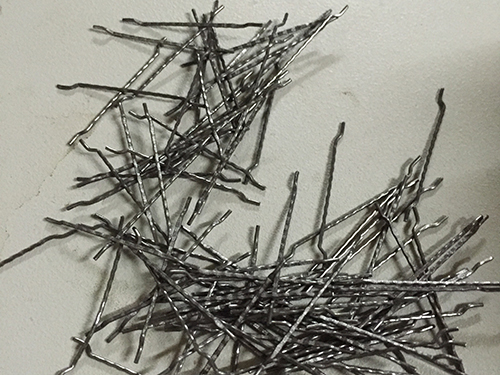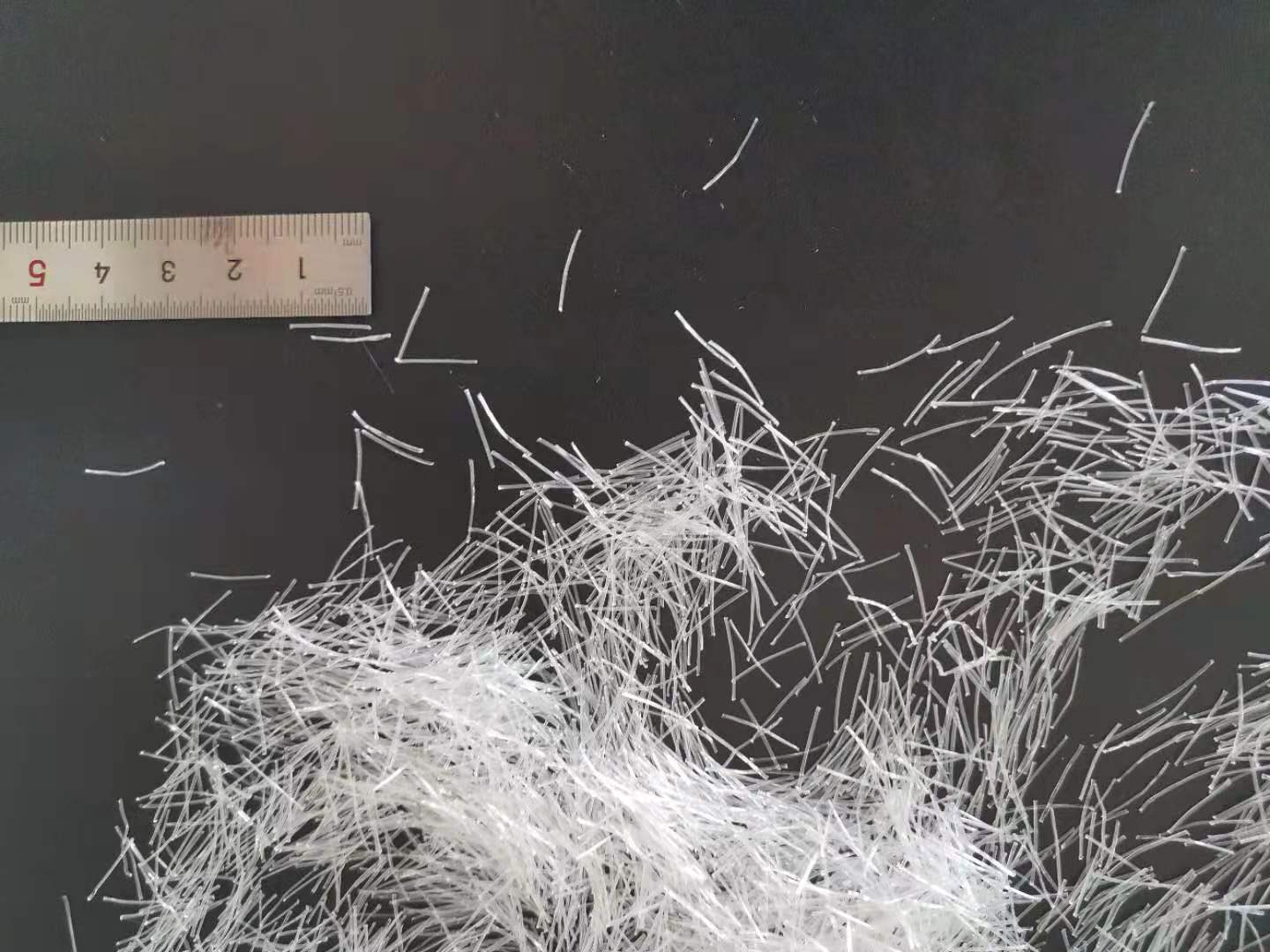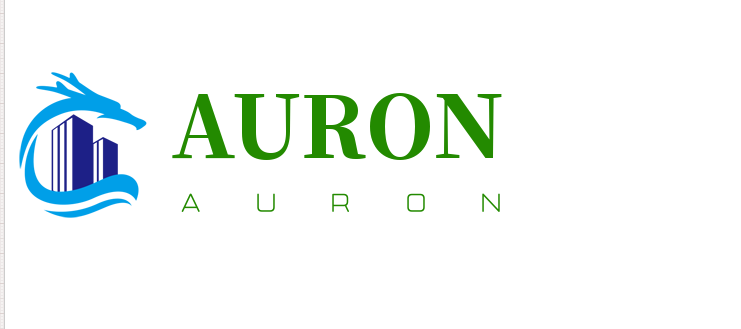"In order to effectively solve the problems of concrete cracks and durability, it is necessary to explore and study a kind of high-performance concrete fiber with low heat, low elastic modulus, high ultimate tensile strength, appropriate compressive strength, higher tensile strength, ultimate tensile strength and appropriate creep, and better fluidity in construction."

1. Basalt fiber is made of natural basaltic rock by melting and drawing in kiln. Its density, composition and bulk density are equivalent to that of cement, so it has natural alkali resistance; it has natural compatibility with silicate, good dispersion and strong binding force when mixed with cement concrete, which reduces the stress concentration at the crack tip, restricts the expansion of crack, and the coefficient of thermal expansion and cold contraction is similar to that of concrete At the same time, it has good freeze-thaw resistance.
2.The technical characteristics of steel fiber reinforced concrete are that it can improve the toughness and tensile strength of concrete, but the steel fiber is easy to agglomerate when mixing, the workability of concrete is poor, it is not easy to pump, it is difficult to construct, and the cost is high. The principle of toughening and strengthening is that when cracks occur, due to the high modulus of steel and the high tensile strength of single steel, the further development of cracks is prevented; however, due to the limited number of steel fibers, the concrete is difficult to pump, The results show that the effect of restraining micro cracks is not obvious, and the improvement of anti permeability and freeze-thaw properties is not obvious. In addition, the density of steel fiber is too high in the construction, and it is often sunk in the lower part of the concrete during vibration pouring, which is often the main reason for the great difference between theoretical research and practical effect.
3.Glass fiber has been exposed to a lot of shortcomings in use. For example, the strength and toughness of glass fiber reinforced concrete will be greatly reduced after being exposed to the atmosphere for a period of time, that is, from the early high strength and high toughness to ordinary concrete degradation.
4.Synthetic fibers include polypropylene fiber, polyester fiber and polyacrylonitrile fiber, etc. its crack resistance principle is to give full play to the advantages of fiber number (tens of millions per kilogram), have a large surface area, restrict micro cracks, make them not connected, and the effect is remarkable. However, because the tensile strength of synthetic fibers is low, it is not good enough in aging and alkali resistance, and is not accepted by the market.
5.Carbon fiber is a kind of high performance fiber developed in 1960s. It has the advantages of high tensile strength and elastic modulus, stable chemical properties and good bonding with concrete. However, due to the high price of carbon fiber, it is rarely used in engineering.







